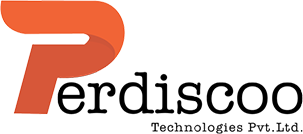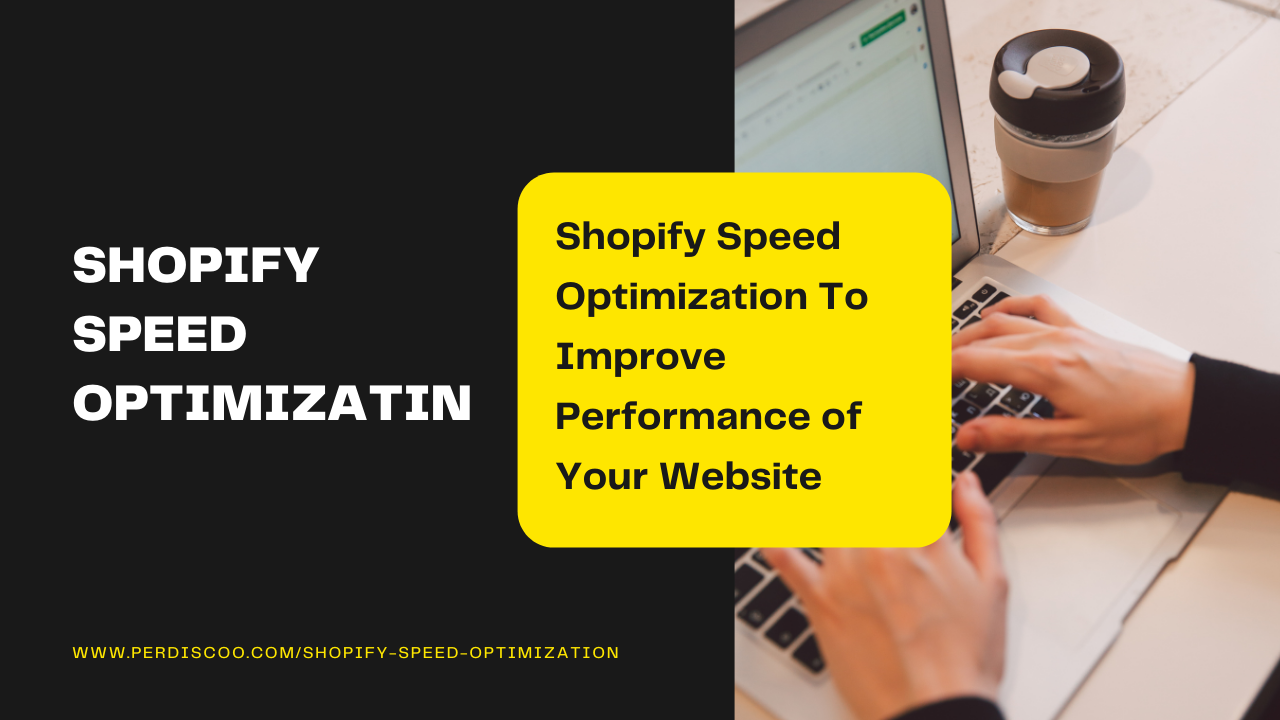When displaying search results, Google takes into account ranking and store optimization metrics. Stores with higher scores are more likely to be in the first positions of search results. Shopify Speed Optimization is a rather difficult process with its pitfalls. In this article, we will tell you how to improve your Shopify eCommerce store so that it loads faster, as well as what “rake” awaits you along the way.
Tools to help you understand optimization directions:
- Google PageSpeed Tool
- Pingdom
- WebPageTest
At the time of the start of optimization, Google PageSpeed Tool reported a rating of 72 for the desktop version (the minimum level is 80).
Features of the optimization that need to be taken into account-
- Shopify runs on HTTP 1.1 – so there is a limit on the number of files uploaded at the same time, this slows down the display speed of the store.
- Not all Google PageSpeed recommendations can be met due to limitations of the Shopify platform.
- Before starting optimization, check the list of installed applications and remove all unnecessary applications.
Read also: Shopify – A Boon to the Ecommerce Industry
Shopify Page Speed Optimization Suggestions-
Shopify page speed optimization is essential to boost the overall performance of your eCommerce website. Here are some facts you can consider to speed up Shopify store.
- Use The Browser Cache
This parameter cannot be controlled – a Shopify limitation.
- Remove Javascript and CSS Blocking the Display of the Top of the Page
JS Optimization
To prevent scripts from blocking content loading, you need to check the call of all scripts and add the “defer” command. The async command should be used with an understanding of how scripts work.
Optimizing CSS
- It is required to group the various CSS files into one common file as much as possible (HTTP 1.1 limitation). After the optimization, there are 2 files left: one for preloading and the second for post-loading the page.
- To post load CSS, use the preload command in the link tag and a script that implements preload for incompatible browsers.
- Ideal CSS preparation for every type of page (home, collection, product, page, blog). This will reduce the page rendering speed.
- When displaying the main page, the Critical CSS option was used – when all the CSS commands necessary for displaying the main page are highlighted in a separate file, and the remaining CSS commands are loaded via load CSS. The Critical Pass CSS Generator service is used to create a shorthand CSS file. To increase the ranking, the content of the CriticalCSS file is embedded in the HTML of the page.
- Optimize Loading Of Visible Content
In any case, the slider occupied most of the visible part. But due to the lazy loading mechanism, there was an empty space on the screen. To solve this problem, you can enable the display of the first slider image.
- Optimize Images
Google PageSpeed noted that the size of some images can be reduced by 30%. Look for file types (usually jpeg), file sizes (up to 2000 pixels), and resolution (up to 100 pixels per inch). This recommendation must be approached with caution since optimized images do not always look good.
- Minify JavaScript
- It is required to group different JS files into one common file as much as possible (HTTP 1.1 limitation).
- When adding, check if the source text of the scripts is minified and, if necessary, minify it using the Minifierservice. If the scripts include the source code for Liquid, then the minimization should be abandoned (or partial minimization should be performed).
- Minify CSS
When adding, check if the source text of the CSS files is minified and, if necessary, minify it using the Minifierservice. If the CSS includes the source code for Liquid, then the minimization should be abandoned (or partially minimized).
- Turn On Compression
This parameter cannot be controlled – Shopify restriction.
- Minify HTML
- Minify CSS styles and JS text using Minifier service.
- Remove extra spaces in HTML text. The problem is related to the work of the commands of the liquid language. Commands that do not output text generate an empty line in the HTML text. To avoid this, you need to add a hyphen at the beginning and end of the command.
For example, {% comment %} would look like {% – comment – %}.
Page speed to optimize the loading speed of the mobile version of the site, Google created AMP technology, which speeds up the loading time of the Shopify store.
Conclusion
No matter what type of products or services you are selling. Things that matter the most is the page speed of the website. Speed optimization in Shopify is very important to double the sale of your products. If you want to increase the page speed of your website then you can hire the best Shopify eCommerce development company that provide the best Shopify Speed optimization services at an affordable cost.
Categories: Shopify

